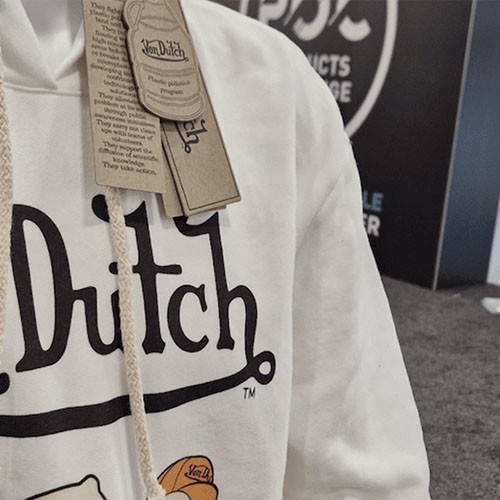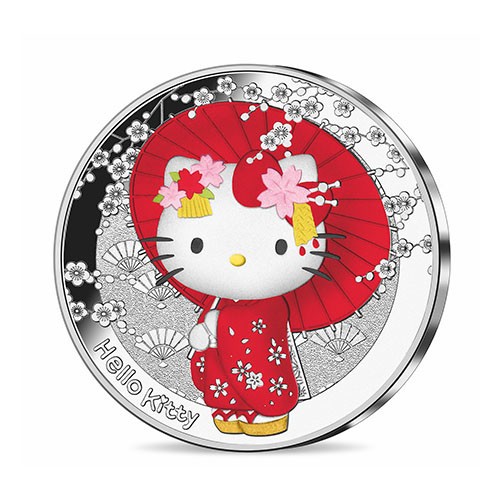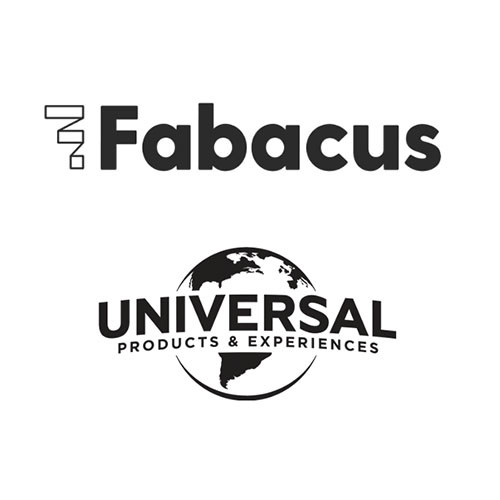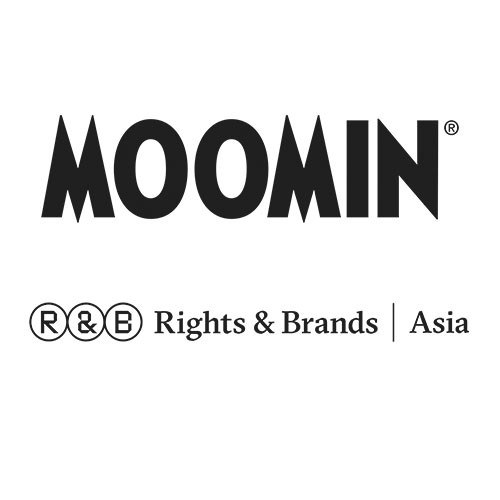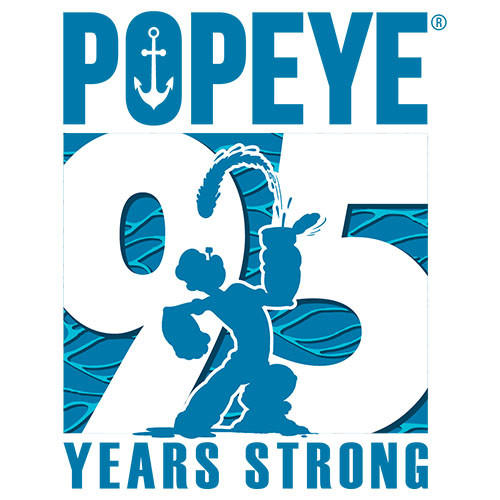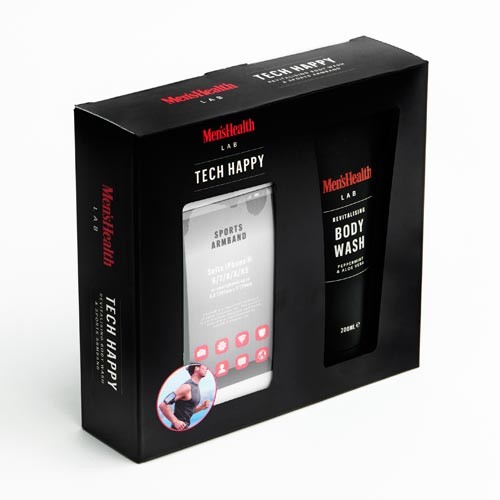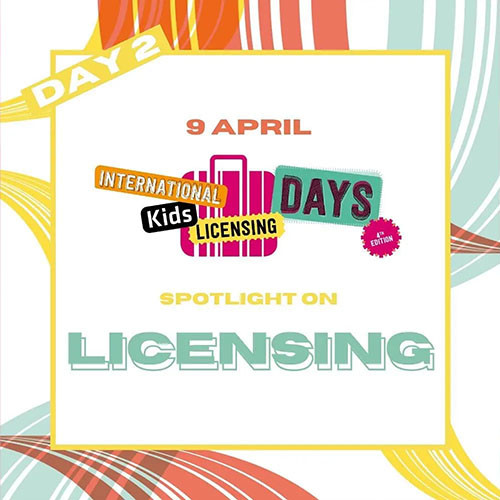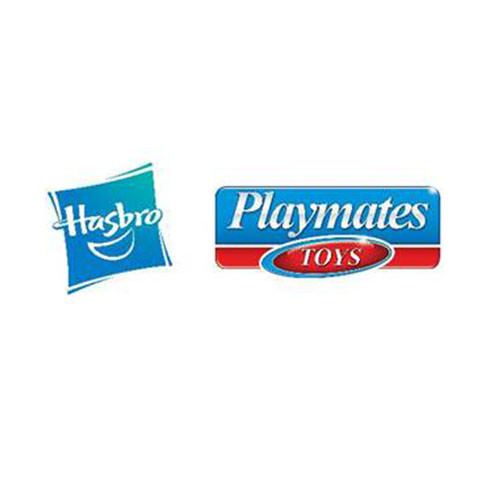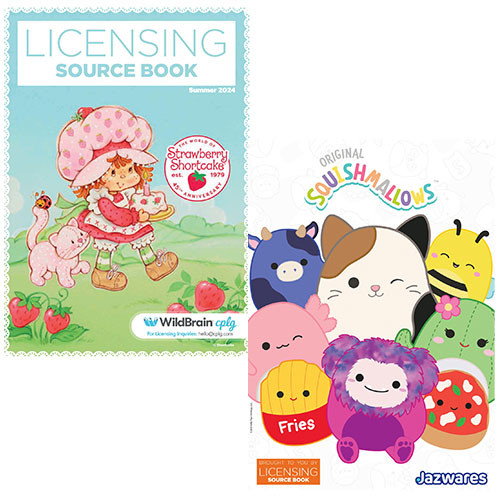The Brand Director’s Tim Collins on what makes a brand and how it should be licensed.
We tend to over-use the term brand. A great product isn’t necessarily a great brand. A logo or trademark doesn’t automatically qualify. It takes some time to nurture and build a world-class brand; many elements come together in that magic five-letter word.
But let’s say you have something – a TV show, a film, a fashion name, a book, an art series, a kids’ character, a video game, an online icon – that looks like a brand. Can it be licensed? Should it be?
Before you even consider licensing a few, more fundamental questions need to be answered. Questions like: do you really have a brand? What is its state of health? What are the brand’s values? More importantly, what do consumers and fans think about your brand? After all they’re the ones who will decide whether it will work – not your marketing department.
There are other basic points too. For instance what emotions does the brand elicit? Is it Marmite (either loved or hated) or Apple (inspiring total devotion from a fixed but large fanbase)?
How strong is the brand ID? This isn’t just about the logo, the design language and other creative components but also things such as marketing style or user experience. What about relevance? Good brands innovate. Does yours?
Health check
Anyway, let’s assume that you not only have a brand but that it ticks some or all of these boxes. That doesn’t necessarily make it a candidate for licensing. You need to assess its state of health – but how do you measure that?
The answer might depend on factors outside your direct control: the market sector, the competition, your company’s performance, say. Any of these could negate the positive attributes of your brand. And they’re not easy to assess or manage.
What about brand worth? Various companies try to value a brand – to put a dollar value on the company balance sheet. But to get there might involve careful analysis of a variety of factors. Have a look at league tables such as Superbrands to get an idea of what they might be.
At this point we’re going to suggest that, yes, you do have a bona fide brand – and that it’s doing pretty well in a specific market sector. Now is the time, you think, to innovate and extend – perhaps to licence your brand to someone else.
Why expand?
You need to ask yourself why you’re expanding. Try to be honest. Is it to build revenues and expertise in new markets? Or is this a more defensive strategy – one used to protect your trademarks and stifle competition?
Don’t rush. Look at these new markets – or products – you want to expand into. Try and understand who your rivals will be. Work out who your retail customers are likely to be. Is it time to contract manufacturers? What marketing will be needed?
Once you have considered all these elements you may well be placed to make other decisions – such as expanding into new areas directly. In other words, you’re going for DIY licensing. The risk may be higher – it will require direct investment – but there will be greater rewards if you get it right… and at least you’ll have done the groundwork.
But let’s say you decide to step back from doing it all yourself. In that case licensing these rights to a third party is probably the correct approach.
Be proactive
What you do, how quickly and with whom depends a lot on what type of brand and market you’re in. For example new kids’ TV properties have a typical path. Toys and publishing are key category ‘anchors’. Other products, from pyjamas to birthday cakes and myriad others, follow. There is often a key date – perhaps based on a film release – which it is essential to hit. By contrast core categories for design-led brands might start with textiles, ceramics, stationery or furniture. For fashion brands it might be accessories, home, optical and perfumes. In addition, lifecycles vary enormously in length from one brand or market to another.
Whatever category you’re in always remember: licensing should be proactive. You need a plan. The basics must cover what type of products or services you’re expanding into, where they’ll be sold, who your retail customers will be and how you’ll market them. You need some targets. There will also be some up-front investment in time and cash.
As I noted earlier a key question is whether you handle this in-house or hire an agency – or possibly a hybrid of the two using a consultant. Either way there will probably be even more investment: creative and marketing people of course, but also legal experts to help with trademark protection.
Whatever approach you take don’t assume success will come easily. It will involve real, hard work and giving your retail, licensing, manufacturing and other partners time to grow your – and their – business. And that’s the final, and perhaps most important, point: licensing is about partnership. Get that right and your brand’s chances in a tough market will be massively improved.
Ticking the brand boxes: a checklist
- Brand health
How strong is your brand compared with the competition? It may be better to start by investing in your core brand and improving its position rather than expanding something that’s going to struggle. A poorly executed brand extension might impact on the core brand reputation and performance.
- Do your homework
Look at product and market extensions. How wide can you – or should you – go? Don’t try and do everything. Let new products find success and continually build.
- What resources are available?
Whether you go for internal, organic growth or licensing, both require investment.
- Have a strategy
- Be proactive and iterate
Some products don’t do well. Try to understand why. Keep innovating.
Tim Collins is founder and director of The Brand Director, a company that advises small-to-medium IP owners on how best to extend their brands and generate new revenue streams from a variety of activities. These include merchandise, TV, film, theatre shows, live events, digital and retail. Before starting The Brand Director, Tim headed up IP development, acquisition and consumer marketing at DC Thomson and held director level roles at DreamWorks, HIT Entertainment and Universal Studios.













